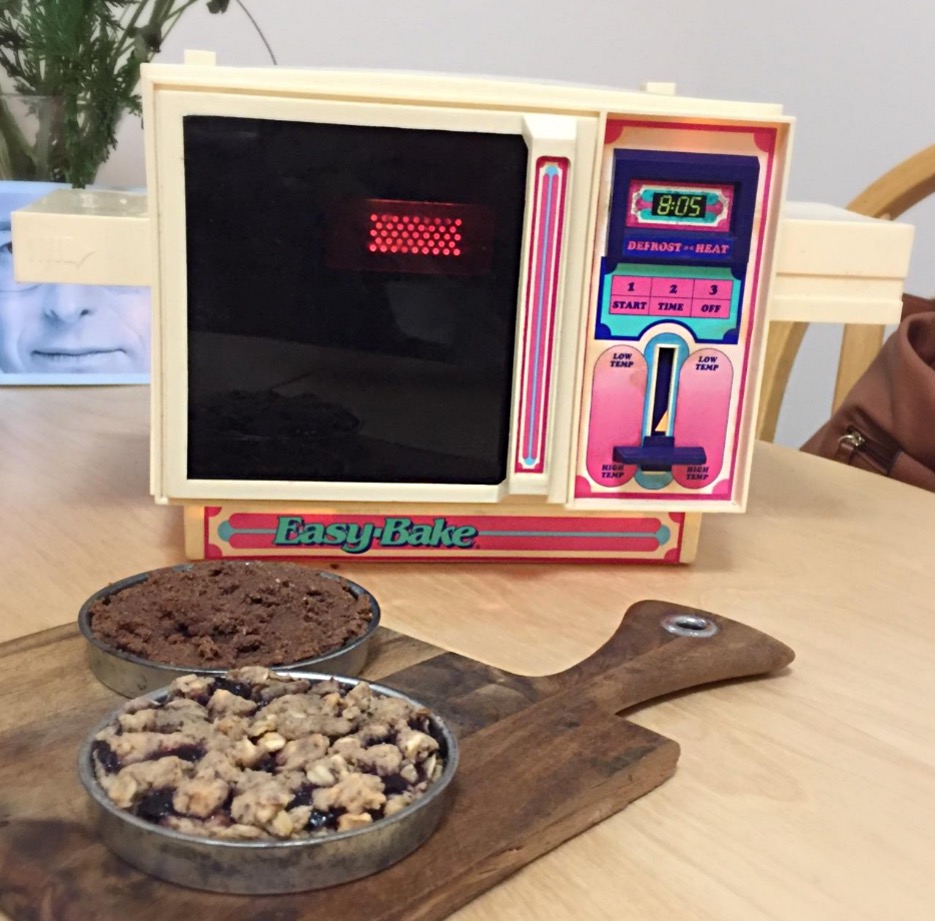The hallway into the main room is lined with framed pictures of dogs, cats and birds. A glass display case houses a picture of Eric and his former K-9 companion. Tasteful jewelry, keepsakes and urns lend an atmosphere of comfort. Someone truly cares.
I’d called Eric at Rainbow Bridge Crematory the afternoon my 21-year-old cat, Belle, passed on to her next spiritual journey. I had no idea I’d be entering a kind of way station to heaven when I walked in the next morning.
I’m the only one here and that feels purposeful. I sit at a simple, round table in the center of the room to fill out paperwork. Eric brings me a small metal tag, asking me to write the number in the space provided on the form. It’s a special number for me.
We’re the only tagging crematory for pets in the country, he explains. A buddy of mine had a funeral parlor, so I knew how tags worked for humans. If you don’t have a tagging system, the government shuts you down. So, why not with pets? You put the tag into the box with your pet and when your ashes are returned, the tag is in there.
A former fire inspector for the state of New York, Eric worked with a K-9 friend for nine years. When his dog passed, he went to a crematory, but wasn’t allowed to witness the process. That’s when he decided to open his own pet crematory with a different approach to service. He offers 24-hour pick up. Families (or the Board of Health) may view the entire process via camera system. He gives back to the community through free, private cremation for active and retired police/fire K-9s.
Mostly, Eric offers me authentic kindness and compassion as he meets my eyes. He gazes at Belle’s body with the same respect. The day we meet, he wears a Harley Davidson sweatshirt. He’s the real deal.
Pets give unconditional love. Why shouldn’t they be treated with the same respect as humans? he asks. Why, indeed?
I look at the choice of three urns— wooden, floral tin, photo—and choose the floral for Belle’s ashes. I can have a paw print in clay, a lock of fur in a laminated pouch, and a framed rainbow bridge poem with a picture of her, if I e-mail him a photo. At the time I choose none of these, though later I opt for the poem. I tell Eric I don’t want to lock her into that form, now that she might take on another. He gets it, and I imagine he may know reincarnation in his own way.
For more than two decades, Belle and I shared daily life. She’d even left her body while lying across my lap. Eric’s choice to activate his unique purpose and mission—tending animals and their people—provided me a most welcome bridge to acceptance, grace and gentle closure.
